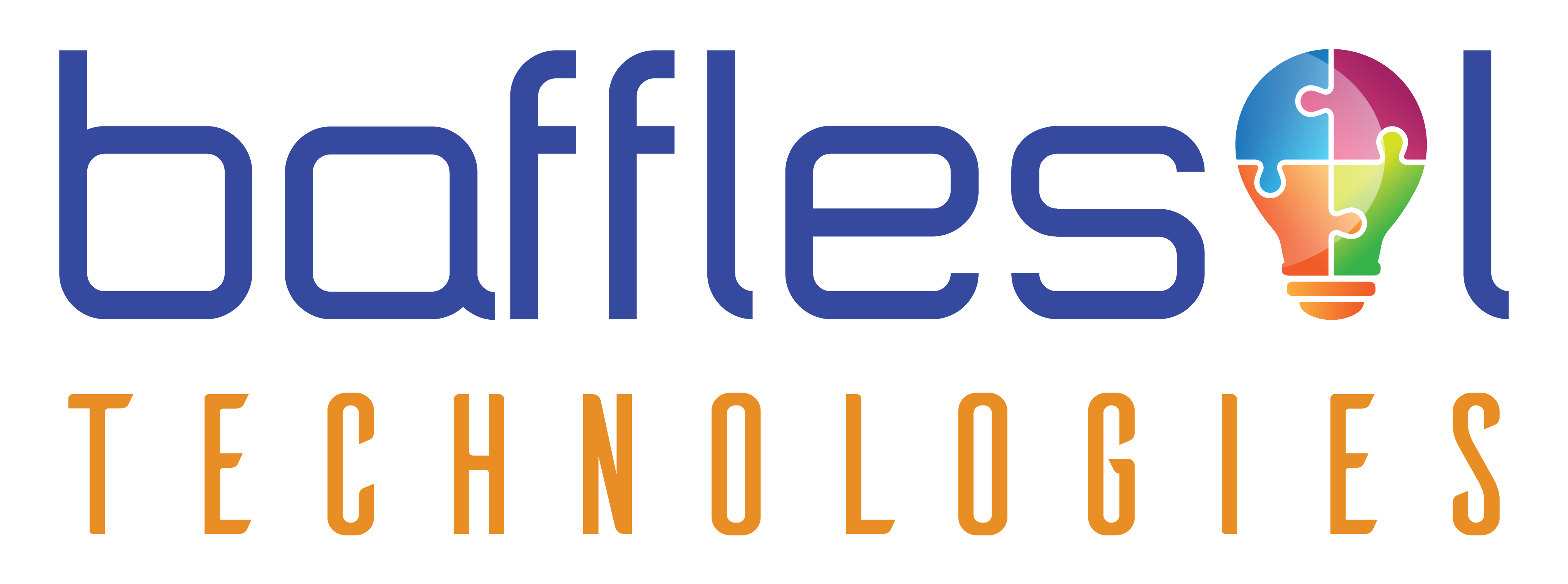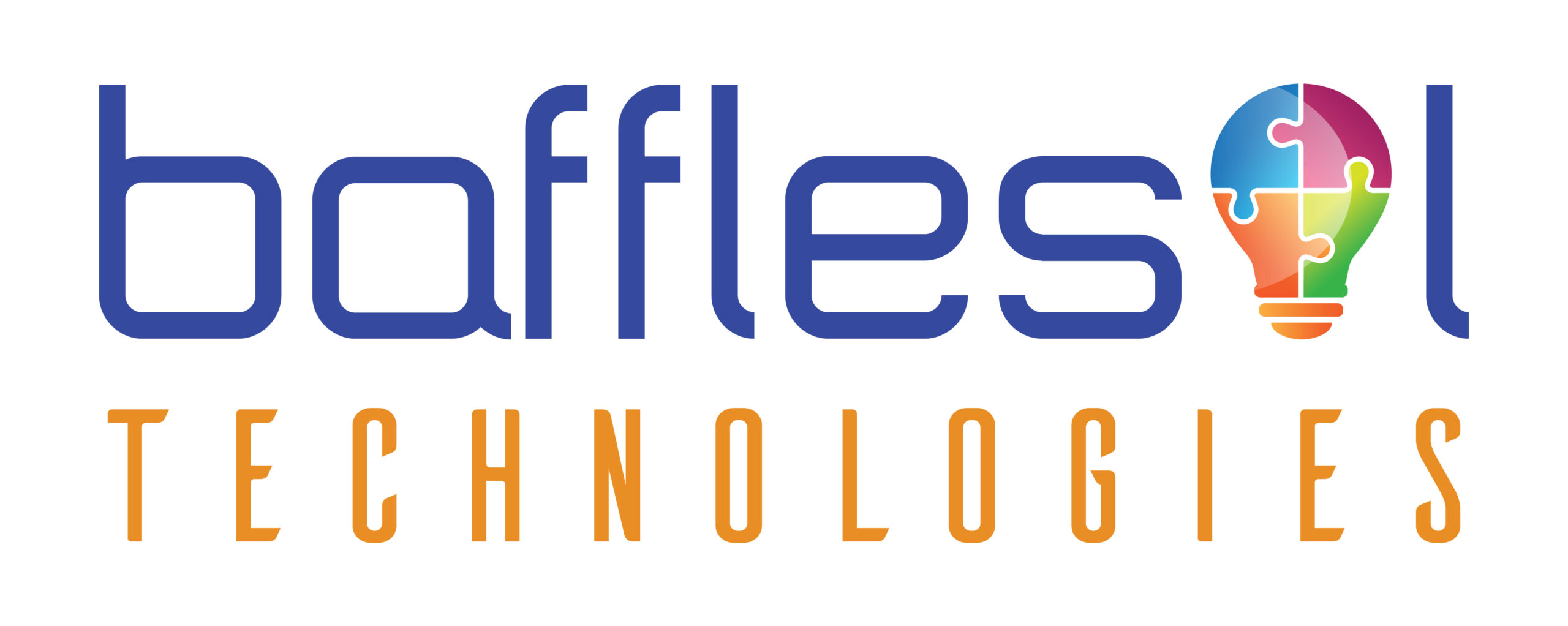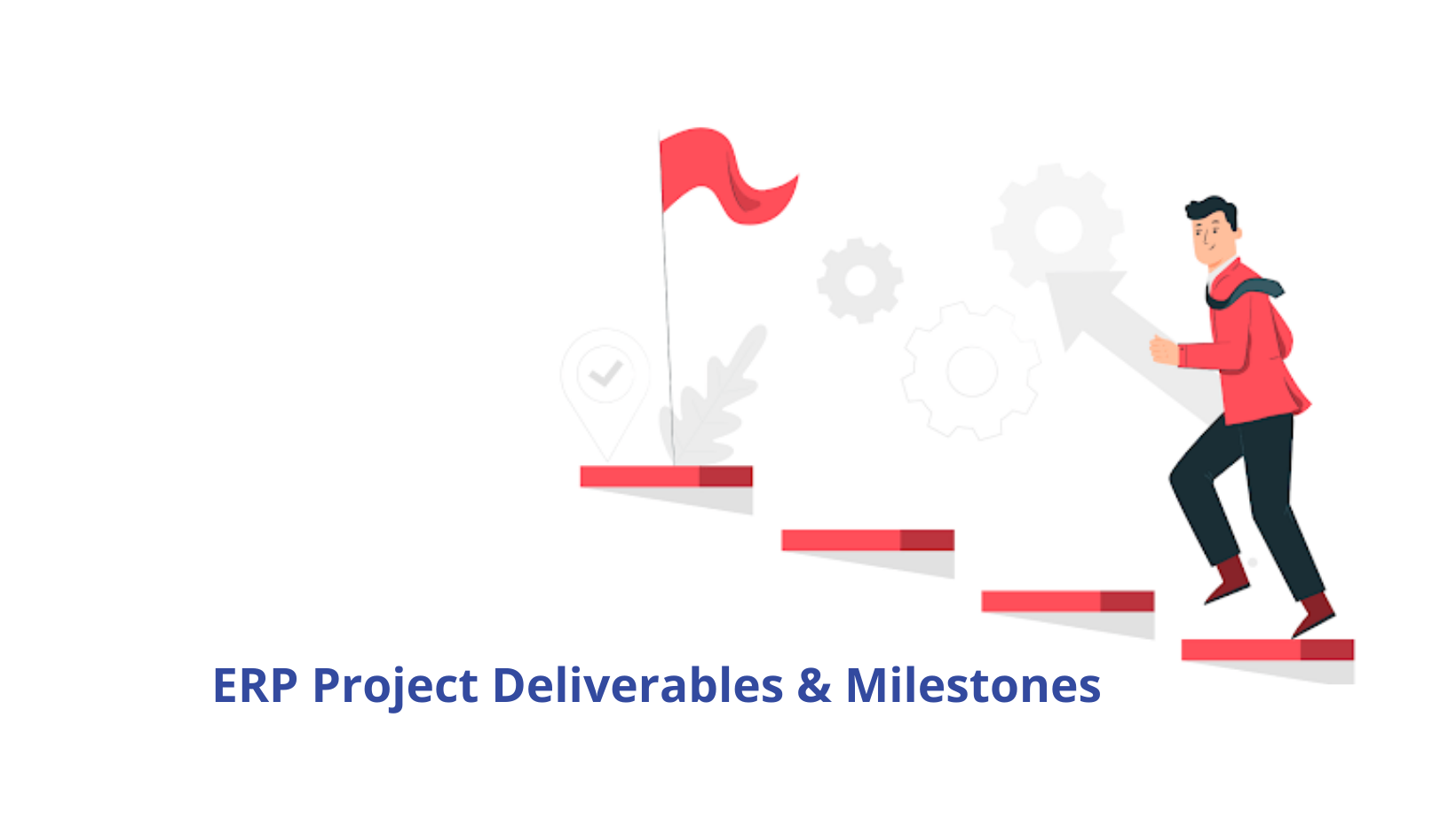A project is considered successful when the quality outcome is achieved, which is measured by the deliverables. It is necessary to break down a complex ERP implementation project into distinct phases using actionable deliverables, and hence knowledge of deliverables become crucial
Every phase must have a milestone before moving over to the next stage, and its success measured by the deliverables from the previous step—making it essential for Project teams to stop and reflect at each of these stages, making it easy to retrospect whether they’re on the path to success. And, if they’ve deviated, they can take immediate, remedial action to get themselves back on track.
Though every ERP implementation is unique with no standard template, overall, the implementation process has similarities in each instance. The methodology of an ERP implementation can be simple or complex, based on factors like size of the organization, requirements, and whether an on-premises or cloud implementation.
On-premises solutions have additional hardware infrastructure installation, configuration hosting, and setup steps, which can often lengthen the implementation. In contrast, in Cloud implementations implementation partner manages the infrastructure, allowing businesses to focus on data migration, process changes and employee training. The ERP partner typically contains the added steps of hosting, servers and maintenance.
ERP project implementation success is gauged basis cost, schedule, and performance. It is therefore critical that each of the project’s phases has clearly defined milestones.
We at BaffleSol, hence work with our clients to implement Milestone Deliverables and break down ERP project into the following components.
- Project Charter – The project charter crystallizes the business rationales and needs that have triggered the project demand and helps get the needed approvals from stakeholders.
- Scope Statement and Project Plan – The scope statement defines the project’s boundaries and is derived from the charter. It should contain two components:
- Strategic Business Accomplishments (SBA): These are the intended operational and financial goals for the project. This could be decreased response time, automated workflow trigger, less manual intervention and more visibility in form dashboards and report
- SMART Goals: These are the quantification of SBAs.
In the project plan, each of the project phases and milestone deliverables like requirement gathering, configuration, data migration, etc., is also given start and end date.
- Organizational & RACI Matrix – A formal escalation matrix, RACI, and communication strategies to prevent the “black hole of accountability” syndrome can lead to unmanaged show-stopping issues, finger-pointing, and trust issues.
- FRDs – Functional requirements capture the intended behaviour of the system. This behaviour may be expressed as services, triggers or functions that are needed by system to perform.
- User Training Document and Security & Environment Configuration Details– User training covers a complete user manual to guide using modules and basic configuration information.
- Security & Environment Configuration includes a definition of privileges in the environment based on different users. In contrast, environment setup will define new security roles, business units and new fields.
These are the recommendations that implementation partners should not skip, “The risk is not worth taking”. But depending on the size of implementations, a partner can add more deliverables or milestones to the project delivery.
Basis my experience of 18yrs in the ERP industry, these deliverables result in faster project completion with less risk and a lower cost of ownership, leading to increased customer satisfaction.
Contact us for more information or queries on kicking off an ERP implementation or if you are looking for an external auditor for ongoing implementation.



